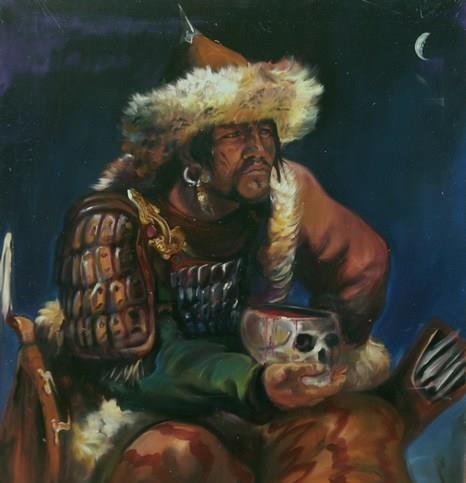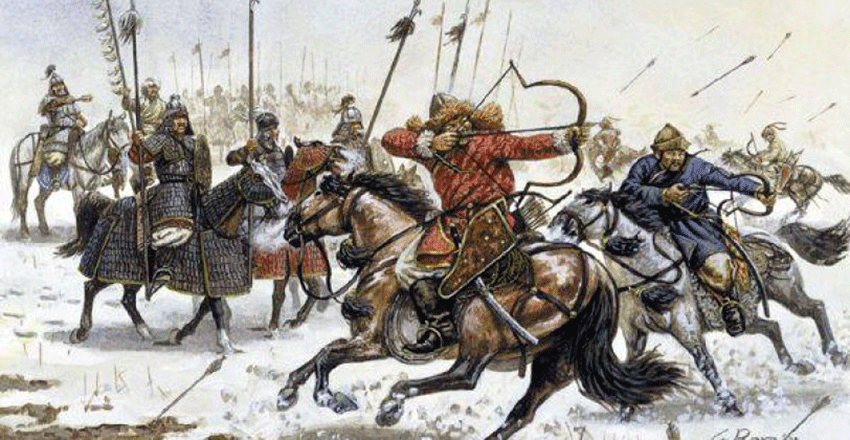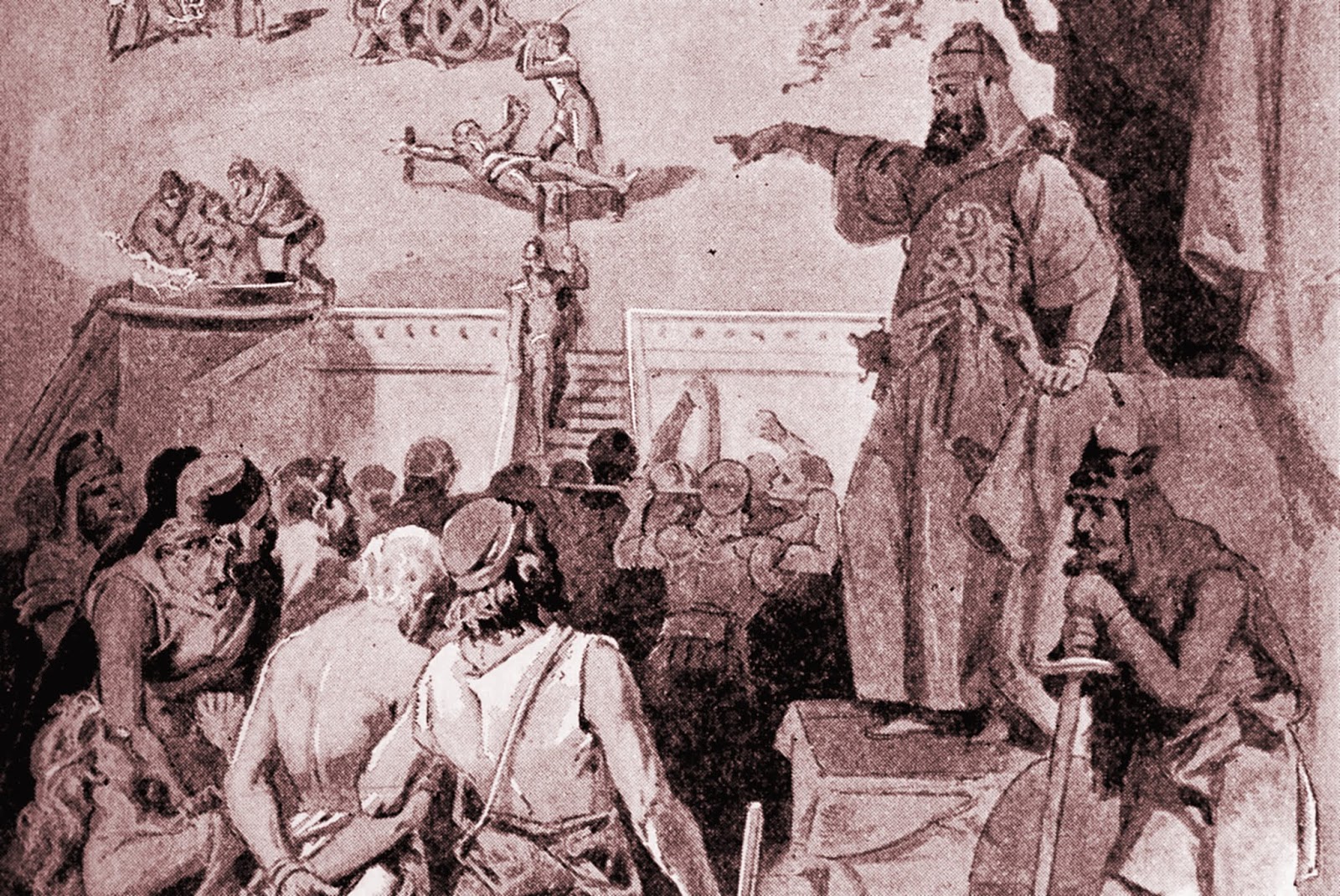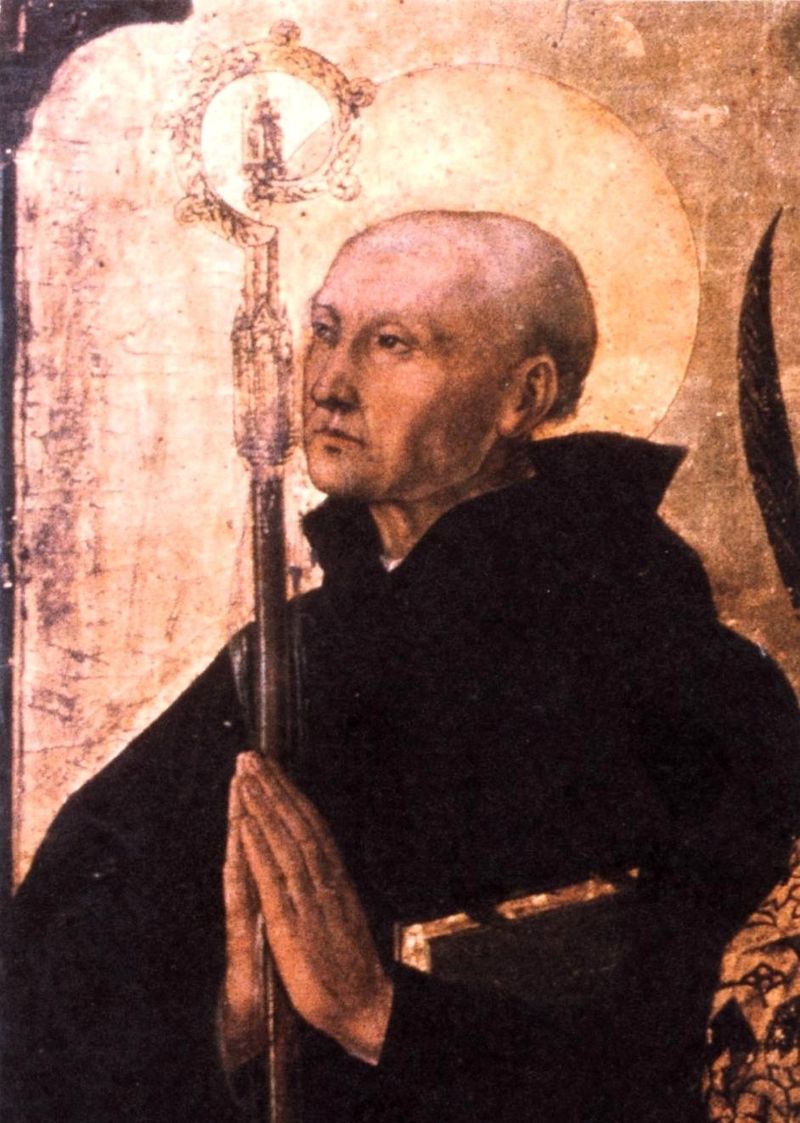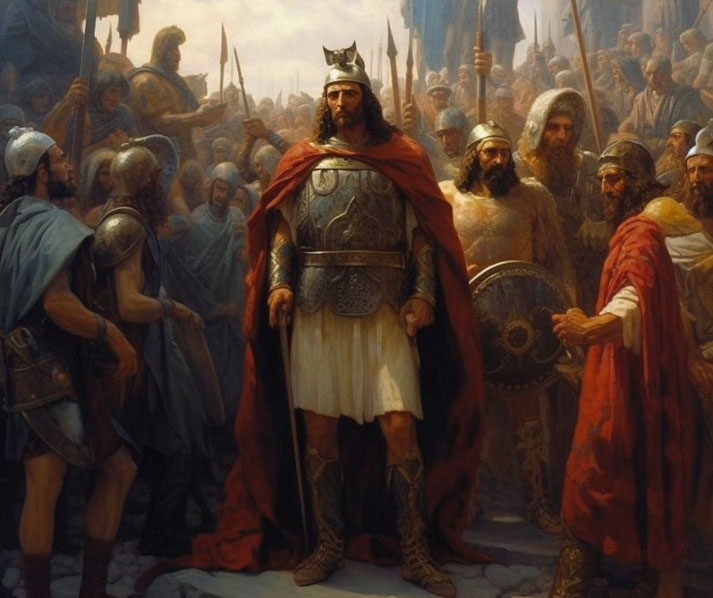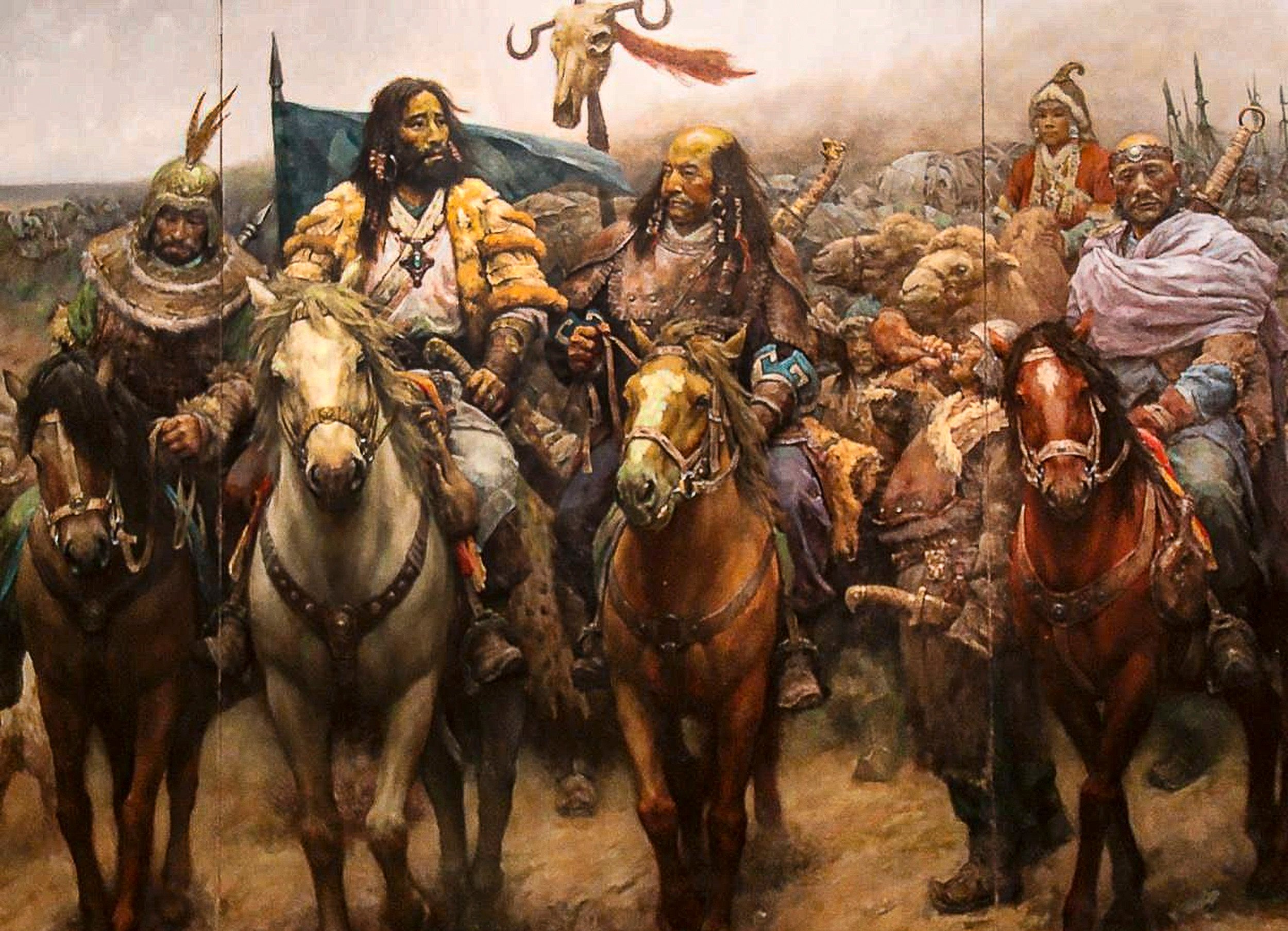Part I. Controversial peace
---------------------------------------------
Part I. Controversial peace
Part I. Controversial peace
Oescus, Moesia Inferior
December, Year of Our Lord 468 - CDLXVIII
December, Year of Our Lord 468 - CDLXVIII
Dintzic stood before his perished troops, clearly worried and furious, after the catastrophic onslaught in Bassinae, where the Ostrogoths, led by King Valamir, defeated the Huns in the year of Our Lord 468. His mind did not let him rest during the coldest week of December. On one side, the son of Attila and brother of Ernakh planned to sack or even conquer Constantinople to force Eastern Romans to grant him subsidies and lands he demanded; on the other, he knew such a campaign would be risky and would destabilize the last remnants of the Scourge of God's Empire.
Dengizich cannot stop remembering how the Gepids and Goths revolted successfully in Nedao, "Bastards, they will pay for what they have done!" - repeated himself continuously. Finally, the Hun decided to cross the frozen Danube, and the barbarians fought against the Eastern Roman troops with an unclear winner; the situation prolonged the war. The Hunnic army was suffering from war fatigue, and it was of uttermost importance to accept peace if the Hunnic monarch wanted to avoid the tragic results of the last clashes. Dintzic knew he was alone in this, as his brother preferred to maintain peaceful diplomacy with Eastern Rome from the beginning and did not participate in the incursion.
Amidst the conflict, Dengizich understood even a small raid on Constantinople would not be profitable, and the Huns would be defeated again. Finally, Anagast was sent to negotiate with the Hun, who accepted, and conversations started [1]. The precise points discussed are lost in time; however, after weeks of negotiations, peace reigned. The Huns only received the Roman city of Noviodunum, Scythia Minor. Dintzic learned the peace was not as advantageous as he wanted, yet it let him recover from the last matches.
The Hunnic leaders assisted and ratified a treaty signed by the Huns and Eastern Romans on the outskirts of Oescus, a ruined city over the Danube, which was destroyed by the Huns more than 20 years ago. The reasons for Anagastes to hold the treaty in the city are unknown. Some Roman chroniclers, such as Marcellinus Comes thought this move was to keep the Huns far from Constantinople. In any case, the unexpected peace achieved by the Huns was a low blow for the miserable Germanic leaders, who became worried about a Hunnic retaliation.
By this point, Dengizich and Ernak, the last known sons of Attila, were ruling on separate realms but in a dual kingship. Dintzic, as the ruler of the western wing of the Huns, concentrated on increasing the direct control over the last territories the Huns still held in Eastern Europe. Just a month after the peace was signed, Dengizich established his capital, east of the Carpathians, known to Latin and Greek chroniclers as Hunion [2]. The city was founded inspired by the supposed Attila's capital; nevertheless, it would be a permanent settlement with stone buildings.
---------------------------------------
Battle of Bolia
Year of Our Lord 469 - CDLXVIII
Year of Our Lord 469 - CDLXVIII
Finally, the Huns recovered, and the troops were ready for a massive campaign as in the old days. Dintzic heard Germanic tribes living in Pannonia were fighting among them for supremacy in the region; this was an opportunity he did not let pass. The war started between a coalition of the Suebi, Gepids, Sciri, Heruls, and Sarmartians against the Ostrogoths led by Valamir and Theodemir. Eastern Rome supported the alliance, and the Hunnic brother Kings decided to reinforce them. On an unknown day in the year 469, the Huns marched with a contingent of 20,000 units composed of archers, horsemen, and infantry.
During the war, Theodemir was mortally wounded by an arrow, while Valamir was killed by Dintzic's hand. The battle lasted twelve consecutive days, in which the Ostrogoths lost almost 30,000 men. The Huns conquered most of Pannonia and expelled the Ostrogoths; however, they left the tribes of the coalition to settle in the west of the former Roman province. The battle was so violent that was compared to the bloodshed done by Attila in Italy. The heads of the two Amal Goth kings were exhibited in Pannonia before being hanged in the new Hunnic capital. One more time, the Huns became feared and respected. The Sarmatians led by Babai and Beuca became loyal allies of the Huns.
---------------------------------------
I cannot promise this will be a perfect TL due to the scarcity of data (and even contradictory sources) given the obscure nature of the Migration Period (especially outside the Roman world). I expect lots of mistakes. Feedback and suggestions are always welcome!
[1] This is the POD. IOTL, Dengizich/Dintzic King of Huns rejected to talk with Anagastes, a Gothic magister militum for the Eastern Roman Empire. This general killed him, and the Hunnic Empire was finally dissolved.
[2]OTL Barlad, Romania.
